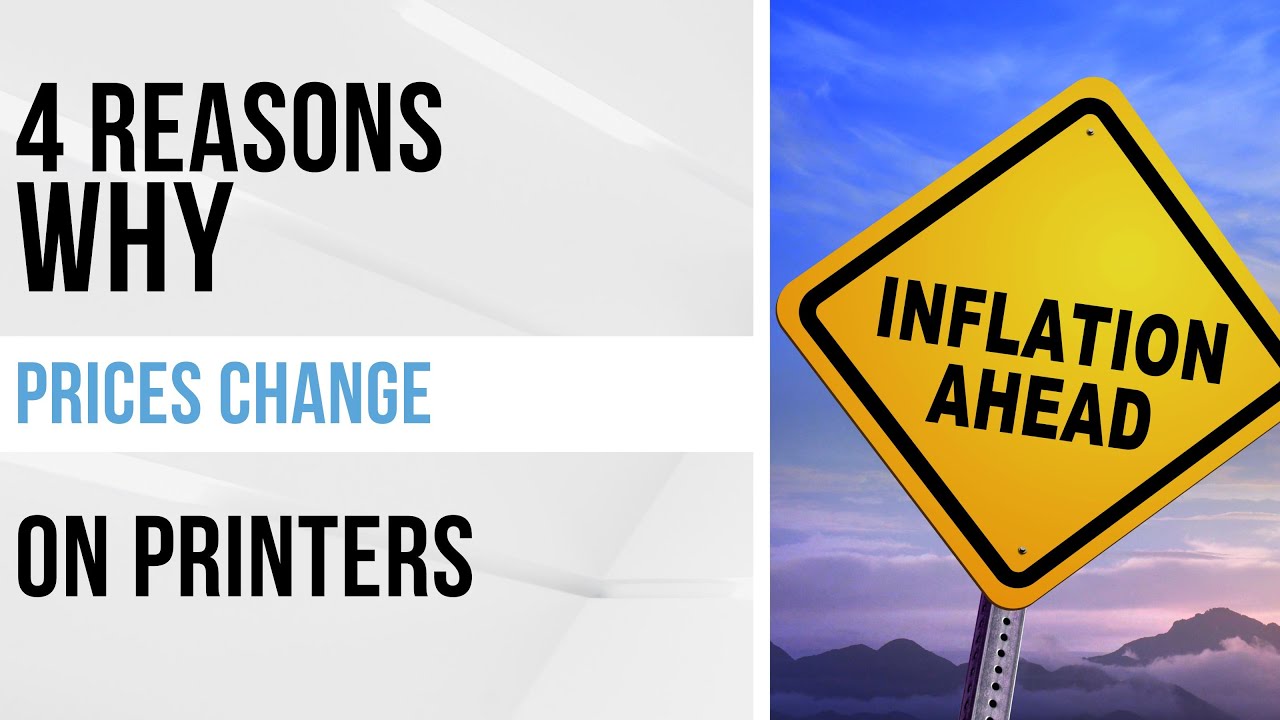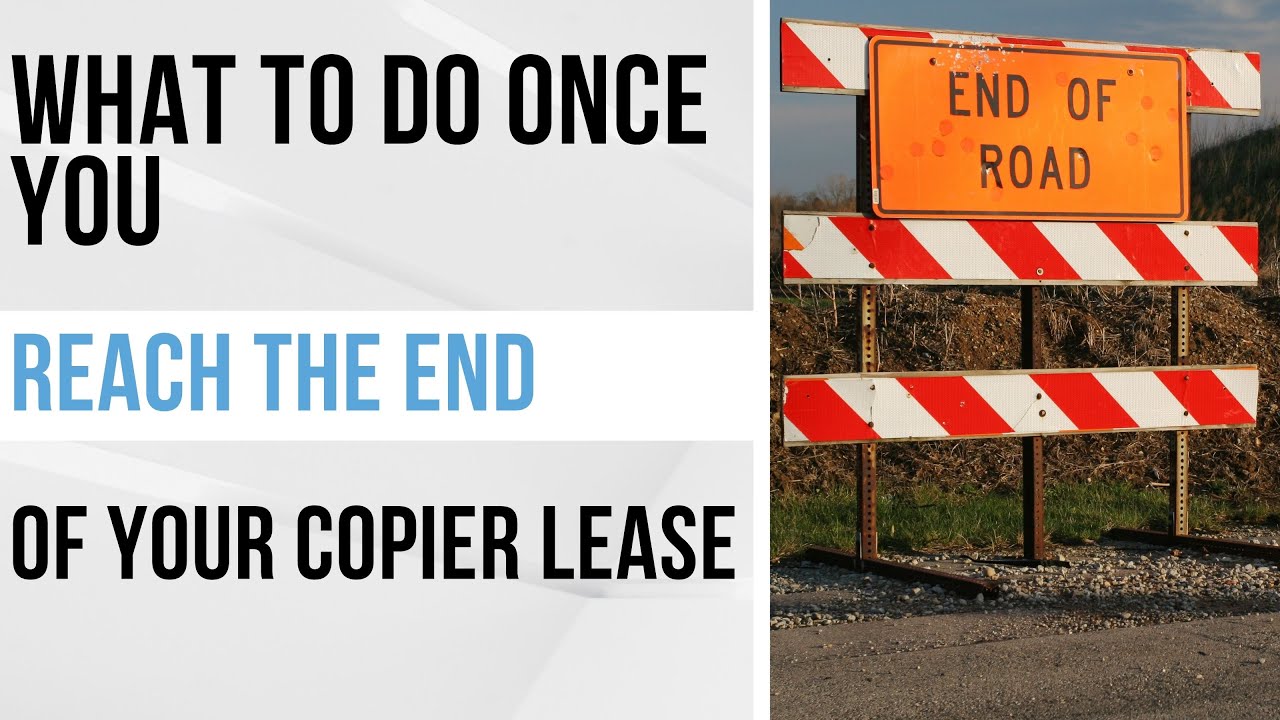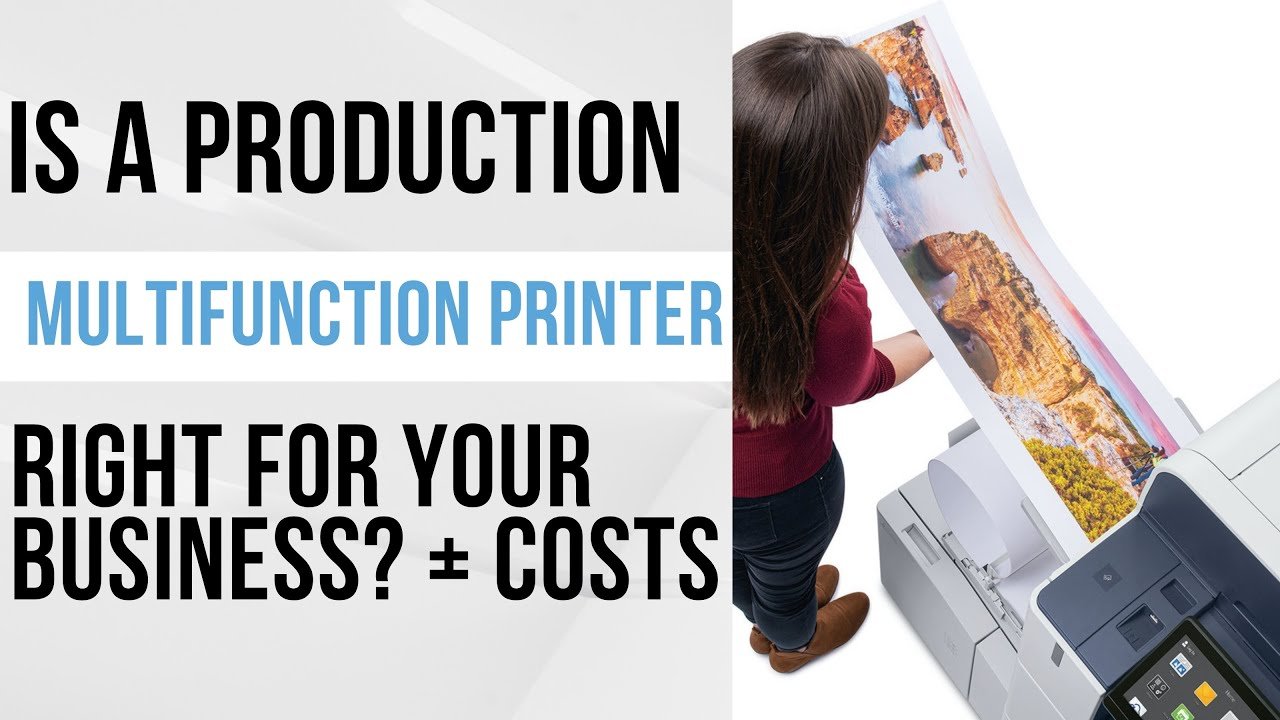4 Reasons Why Prices Change on Printers

Price fluctuation happens in almost every industry, and printers are no different.
Whether you buy directly from a printer manufacturer or through a vendor, the price of machines can change at any given time.
This is especially true under today’s current circumstances, where supply chains remain disrupted and inflation continues to rise across most sectors of society.
As a local print vendor (and Xerox partner), we see these fluctuations up close. Customers often ask, “Why did this printer cost X last month and Y today?” That’s exactly what we’re here to answer.
To help you understand why printer prices fluctuate, we’ve identified four main reasons for these changes and how frequently they happen. We’ll also explain how buying from a retailer, a manufacturer, or a vendor makes a difference and provides practical steps to make smarter buying decisions.








